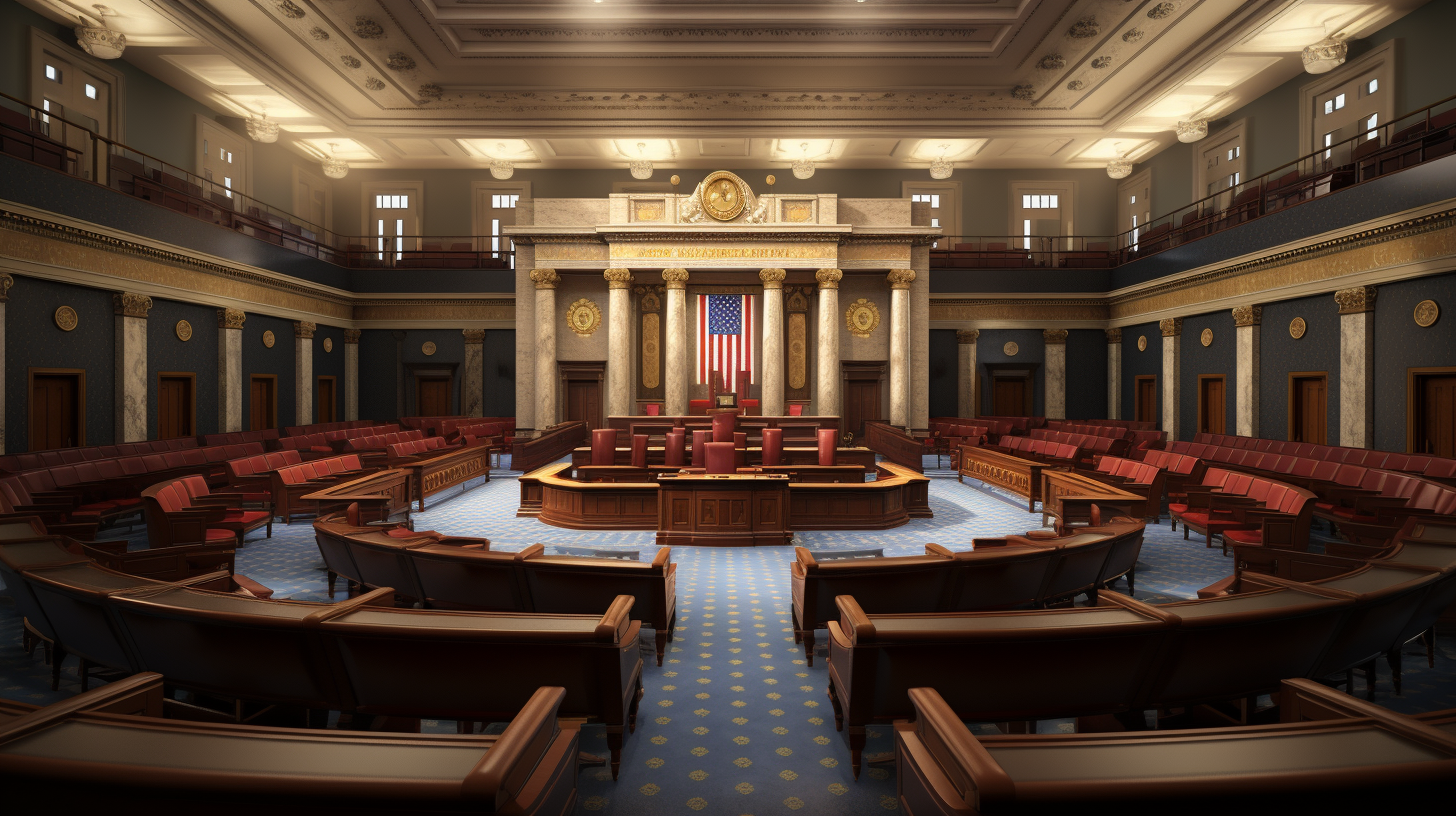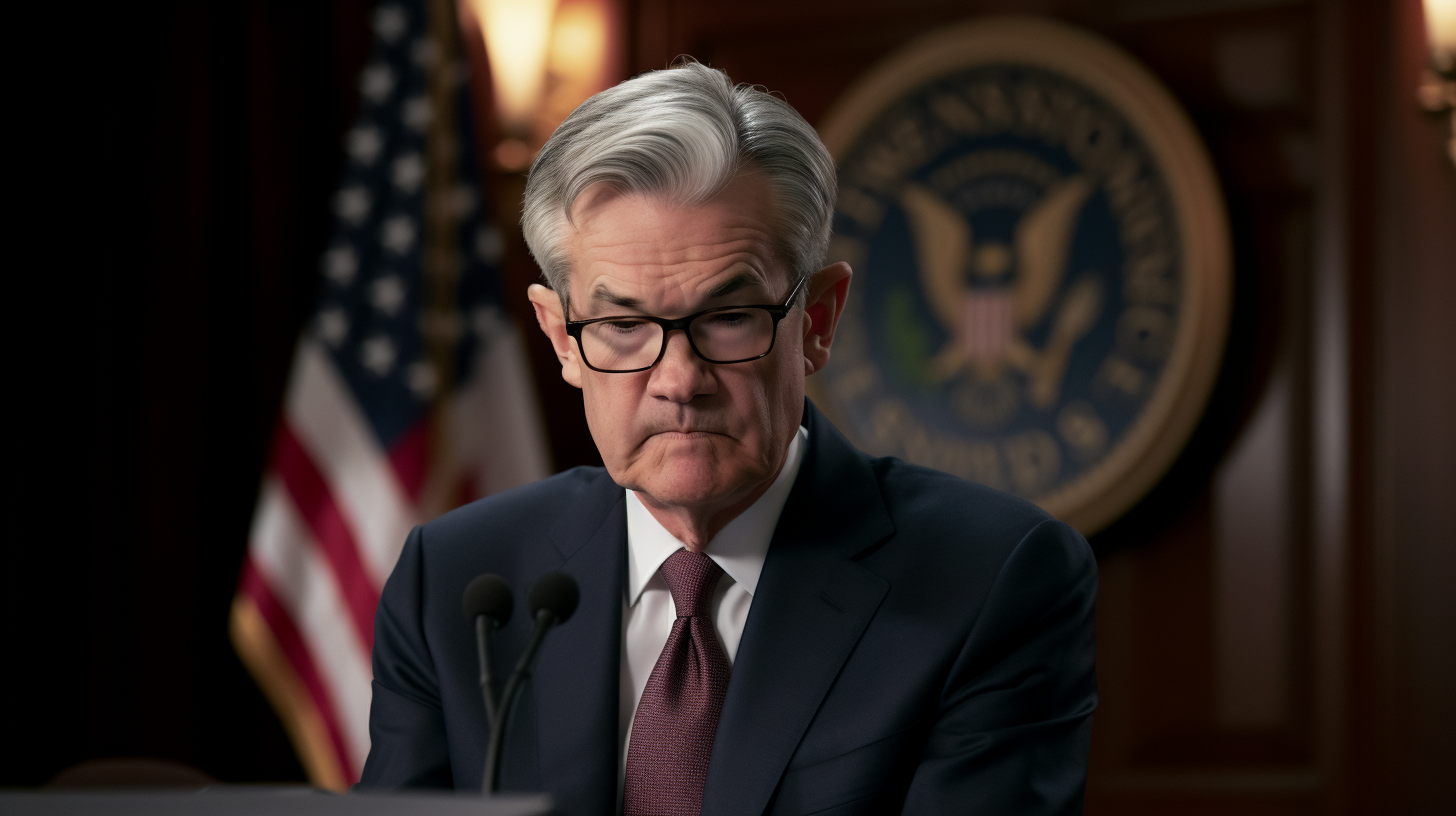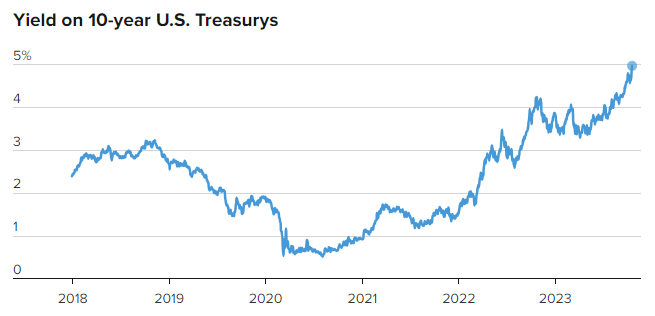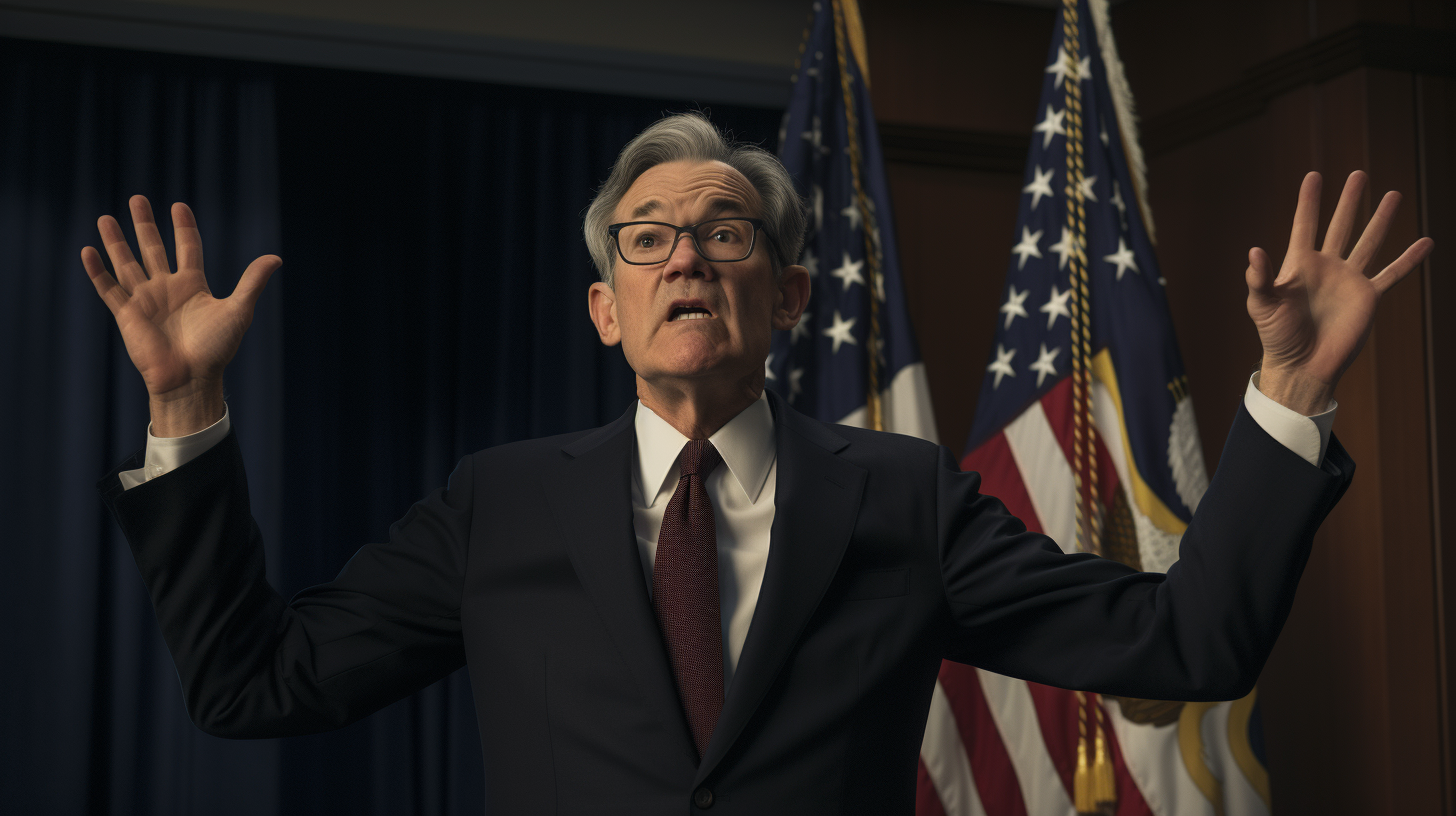With a government shutdown set to hit at the end of this week if new funding legislation wasn’t passed, Congress has acted swiftly to approve a short-term spending bill. The so-called “continuing resolution” will keep federal agencies open and running until January 19 for some programs and February 2 for others.
The bill easily cleared the Democratic-controlled House on Tuesday with bipartisan support. This followed the backing of Republican House Speaker Mike Johnson, who had proposed the novel “laddered” approach to stagger program expiration dates. The bill now heads to the Senate, where both Majority Leader Chuck Schumer and Minority Leader Mitch McConnell have voiced support. With President Biden also signaling he will sign it, a shutdown appears to have been averted.
For investors, the passage of this stopgap bill means reduced short-term economic uncertainty. A shutdown would have disrupted many key government services as hundreds of thousands of federal workers are furloughed. This can dampen consumer and business sentiment. While the stock market has mostly shaken off prior shutdowns, an extended one could still eventually take a toll.
Yet longer-term risks remain on the horizon, especially regarding the fast-approaching debt ceiling. Come June, the government will hit its statutory borrowing limit, which could set up an intense fiscal battle. If the ceiling isn’t raised or suspended in time, the U.S. could default on its debt for the first time ever. Such an unprecedented event would surely roil markets.
With Speaker Johnson facing pressure from the right flank of his Republican caucus to extract steep spending cuts and other concessions in exchange for lifting the borrowing cap, the stage is set for a high-stakes showdown. Democrats have adamantly opposed using the debt limit as a bargaining chip.
For now, investors may breathe a small sigh of relief. But the reprieve could be short-lived. Once the government funding issue is settled, focus will shift to addressing the debt ceiling well before the June deadline. Otherwise, a far more damaging crisis than a temporary shutdown could be on tap, potentially threatening the full faith and credit of the United States along with the stability of financial markets.
Beyond the recurring fiscal battles, investors will continue monitoring the overall health of the U.S. economy amid rising interest rates and stubborn inflation. Though job growth and consumer spending have been bright spots, risks of recession still loom. Stock market volatility reflects these crosscurrents. For long-term investors, diversification and temperance remain key as policy uncertainty persists.
Looking ahead, the specter of a government default looms large. The debt ceiling debate is a critical juncture that could have widespread implications not just for the financial markets but for the broader economy. The potential fallout from a failure to raise the debt ceiling includes disruptions in government payments, increased borrowing costs, and a loss of confidence in the U.S. financial system.
The debt ceiling has been a recurrent point of contention in recent years, with temporary agreements often reached to avert a crisis. However, the underlying issues of fiscal responsibility, spending priorities, and partisan gridlock persist. The consequences of a protracted deadlock on the debt ceiling could be severe, with ripple effects felt globally.
In the midst of these challenges, investors must navigate an environment marked by uncertainty. While the short-term resolution of the government funding issue provides a momentary sense of stability, the underlying risks and complexities of fiscal policy remain. As the nation grapples with these fiscal challenges, market participants should remain vigilant and adapt their strategies to navigate potential shifts in the economic landscape.
In conclusion, the recent passage of the short-term spending bill averted an immediate government shutdown, providing a respite for investors. However, the focus now turns to the looming debt ceiling debate, introducing a new set of challenges and uncertainties. As events unfold, market participants will need to carefully assess the evolving situation and make informed decisions to mitigate risks in an ever-changing economic and political landscape.

















